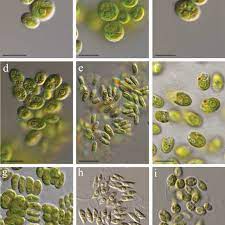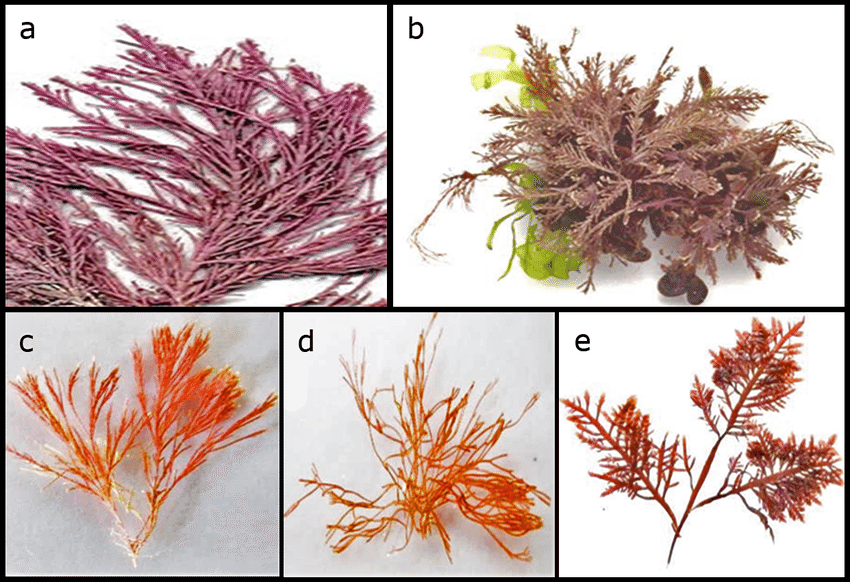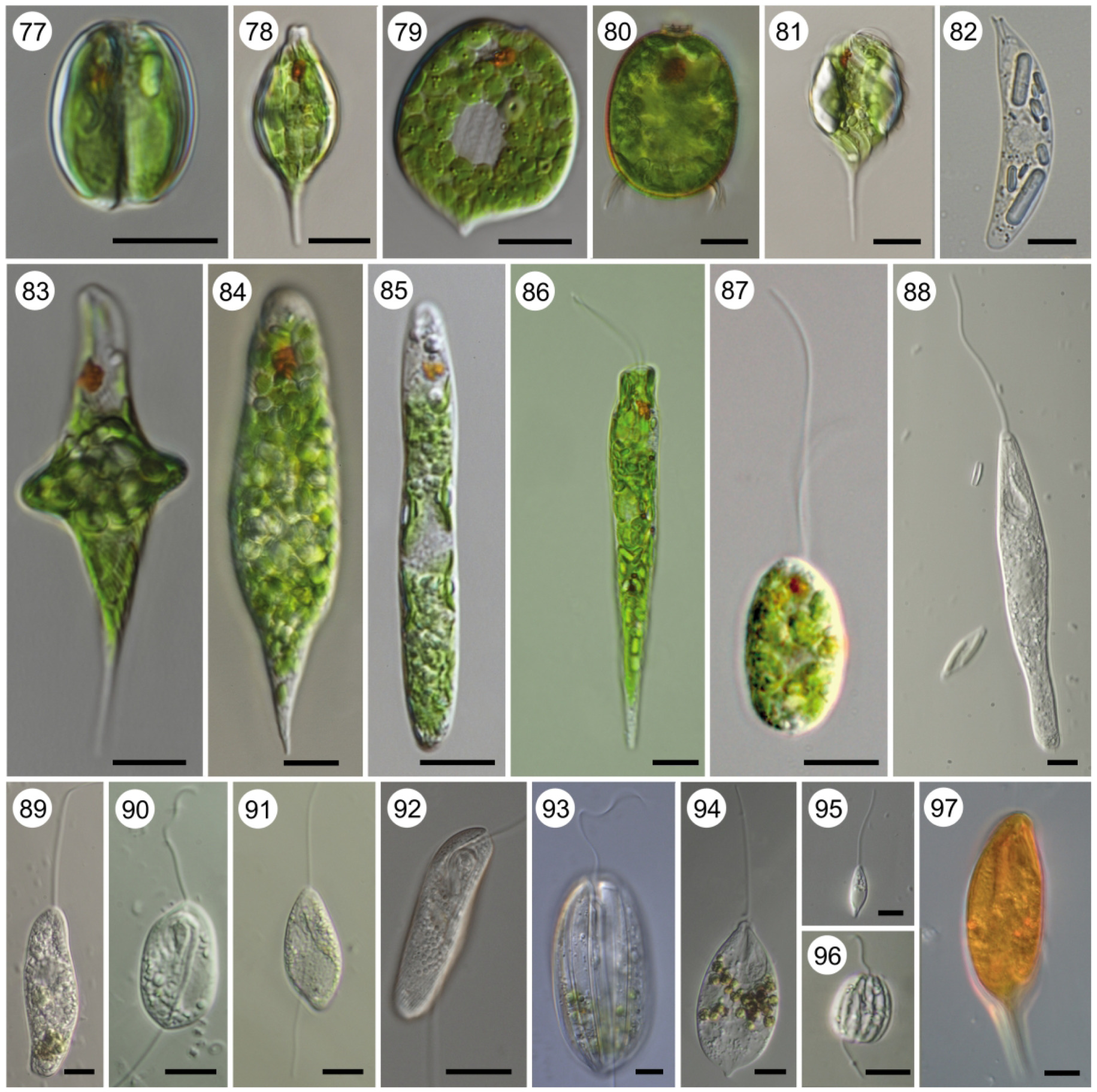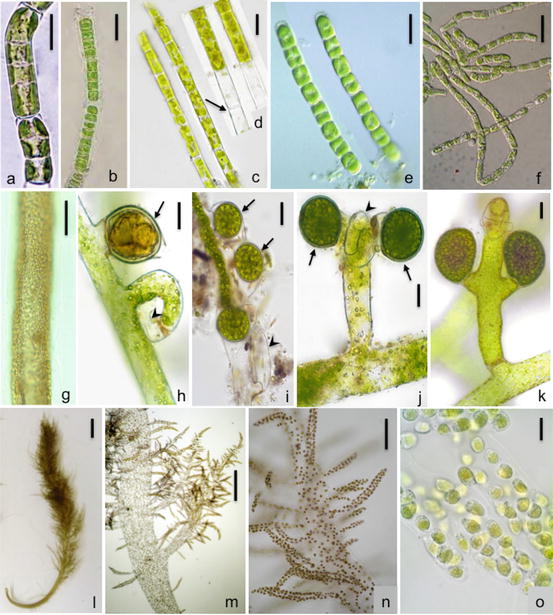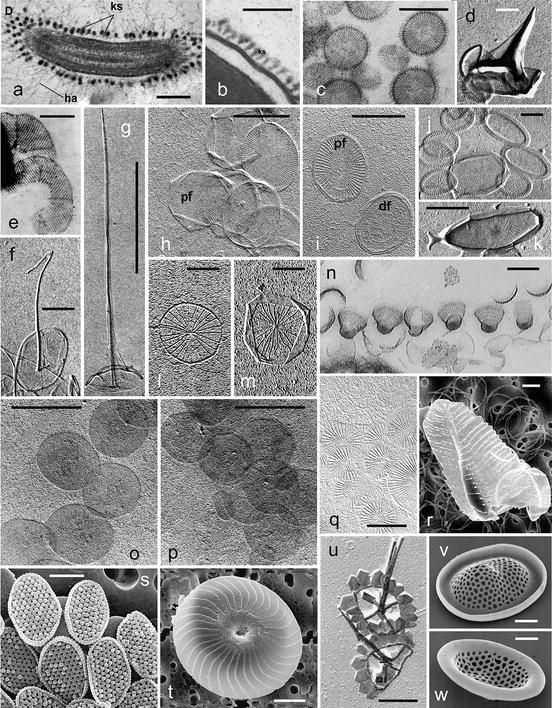Algae Study Guide
Introduction
What are algae? Algae, singular alga, are a diverse group of aquatic plants and protists with the ability to conduct photosynthesis. They are responsible for the production of the 30-50% of the earth’s oxygen, thus playing a critical role in sustaining life for nearly all organisms. Most species of algae require moisture or a humid environment to grow, and are thus abundant near or inside bodies of water. This study guide talks about their characteristics, classification, and uses. Let’s get started!
What are algae?
Algae are a group of simple, photosynthetic plants and protists generally found in aquatic environments. Though similar to land plants in anatomy, they lack many of their structural components like stems, shoots, and leaves. Let’s briefly go over their structure, habitats, energy sources, and reproductive tendencies below.
Structure
-
Algae vary vastly in appearance across species. They can be single-celled or multicellular, and their size ranges from microscopic to macroscopic (the largest species of algae being giant kelp, which can grow to be 200 feet long!).
-
Though generally green, algae can be found in a wide variety of other colors including red, orange, yellow, blue, amber, and brown.
Habitat
-
Algae are found in both freshwater and saltwater ecosystems, and have been observed in oceans, rivers, lakes, ponds, brackish waters, and even snow!
-
Algae are able to survive in such a wide variety of habitats because of their ability to withstand a wide range of temperatures, oxygen and carbon dioxide concentrations, acidities, and turbidities.
Energy Source
- Algae obtain energy through the process of photosynthesis, during which they use solar power to convert carbon dioxide and water into carbohydrates and oxygen.
Reproduction
- Algae can reproduce sexually, asexually, and through vegetative methods.
Classification
Algae tend to be broadly categorized by the presence or absence of certain pigments (in other words, their color). These pigments include chlorophylls, cartenoids, and phycobiliproteins.
Some of the larger divisions of algae include Chlorophyta, Rhodophyta, Euglenozoa, Heterokontophyta, Haptophyta, and Dinoflagellata, each of which we’ll touch on below.
Chlorophyta
-
Chlorophytes, also known as green algae, are unicellular, colonial, filamentous, and multicellular in form.
-
Their pigments include chlorophyll a and b.
-
Common examples of chlorophytes are Spirogyra, Ulothrix, and Chara.
Rhodophyta
-
Rhodophytes, also known as red algae, may be unicellular or multicellular, the latter of which forms branched, flatten filaments called thalli.
-
They contain chlorophylls a and d, as well as phycolbilins and beta-carotene.
-
Common examples of rhodophytes include Porphyra, Gracilaria, and Gelidium.
Euglenozoa
-
Euglenoids are unicellular organisms that live primarily in freshwater.
-
Their pigments include chlorophylls a and b, β-carotenes, and xanthophyll.
-
Common examples of euglenoids include Euglena gracilis and Trachelomonas.
Heterokontophyta
-
Heterokontophyta is a major line of eukaryotes that contains 10,500 known species, both unicellular and multicellular.
-
Pigments of heterokonts include chlorophylls a and c, and usually the accessory pigment fucoxanthin, which gives them their brownish color.
-
Common examples of heterokonts are Phaeophyceae (brown algae), Chrysophyceae (golden algae), and Bacillariophyceae (diatoms).
Haptophyta
-
Haptophytes are unicellular organisms characterized by two flagella, two golden-brown chloroplasts, and a third appendange used for attachment and food handling.
-
Their pigments usually include chlorophylls -c1, -c2, and -c3, though some species lack one or more of these.
-
Common examples of haptophytes include Pavlova salina and Isochrysis aff. galbana (T-ISO).
Dinoflagellata
-
Dinoflagellates are unicellular organisms with two flagella used for movement.
-
Their pigments usually include chlorophyll a and c, β-carotene, and xanthophyll, which is what gives them their golden-brown color.
-
Common examples of dinoflagellates include Pfiesteria piscicida, Noctiluca scintillans, and Gonyaulax catenella.
Algae Uses and Functions
Algae play an important role in nature and are also used widely in several sectors of life.
-
Through photosynthesis, algae produce the majority of the earth’s oxygen and thus play a crucial role in sustaining most living organisms.
-
Petroleum is partially derived from ancient algae deposits.
-
Algae-based biofuels are increasingly seen as a promising substitute for fossil fuels.
-
Algae efficiently use carbon dioxide by storing the gas in organic materials like oil deposits and inorganic carbonate rocks. This helps immensely in maintaining stable levels of atmospheric carbon dioxide.
-
Algae are commercially cultivated for pharmaceuticals, cosmetics, and aquaculture purposes.
-
Algae is an important food supplement in the food industry
-
Algae are also used as a bio-filter in waste-water purification
✅ Conclusion
-
Algae are a diverse group of aquatic organisms that can conduct photosynthesis and produce oxygen.
-
Algae require moisture to survive, and are found in both marine and freshwater habitats.
-
Algae can be unicellular or multicellular and anywhere from microscopic to macroscopic in size.
-
Major divisions of algae include Chlorophyta, Rhodophyta, Euglenozoa, Heterokontophyta, Haptophyta, and Dinoflagellata.
-
Algae contribute crucially to the environment by generating oxygen and maintaining CO2 levels. Its uses range from pharmaceuticals, to food, to purifying water, and to serving as biofuel.
FAQs
1. What exactly are algae?
Algae are a group of aquatic organisms that can carry out photosynthesis.
2. Are algae plants?
Algae are classified as either plants or protists.
3. Can algae be harmful?
Some algae are harmful to humans. Cyanobacteria (sometimes called blue-green algae) produce toxins that make people and animals sick. Algae and cyanobacteria can rapidly grow out of control or “bloom” when water is warm, slow-moving, and full of nutrients, affecting the environment.
4. What do algae produce?
Algae make organic molecules and produce oxygen as a by-product of photosynthesis. An estimated 30% -50% of the net global oxygen available to humans and terrestrial animals is produced by algae.
5. Where are algae found?
Algae are found in both freshwater and marine environments including oceans, rivers, lakes, ponds, brackish waters, and snow.
We hope you enjoyed studying this lesson and learned something cool about Algae! Join our Discord community to get any questions you may have answered and to engage with other students just like you! Don’t forget to download our App to experience our fun, VR classrooms – we promise, it makes studying much more fun! 😎
Sources
-
Algae https://flexbooks.ck12.org/cbook/ck-12-biology-flexbook-2.0/section/8.5/primary/lesson/algae-bio/ Accessed on 9 Dec 2021
-
What Are Algae? https://www.livescience.com/54979-what-are-algae.html Accessed on 9 Dec 2021
-
Algae https://www.britannica.com/science/algae Accessed on 9 Dec 2021
-
Algae https://www.sciencedirect.com/topics/earth-and-planetary-sciences/alga Accessed on 9 Dec 2021


